Creating a Healthier Home with Biophilic Design
By Lanada Duncan, b.e. decors Interiors
“Creating a home that inspires relaxation, health, and happiness has become more important over the last few years than ever before, and biophilic design is the new go-to aesthetic trend to achieve this.” -Lanada Duncan
Biophilic design isn’t new, but it has lately become popular. It’s rooted in our innate connection with nature and offers a way to bring the outdoors into your home, elevating both your space and your well-being by using natural elements to turn your homes into a holistic, nurturing environment. The design concept has become largely favored in urban landscapes, hotels and workspaces with limited access to lush green terraces and nature settings.
Why Biophilic Design Matters for Wellness
The benefits of biophilic design extend beyond aesthetics. Research shared often on MSN.com shows that connecting with natural elements indoors can reduce stress, boost creativity, and improve air quality. Studies from Terrapin Bright Green found that exposure to nature-inspired environments increased well-being and reduced anxiety levels in office settings. Now, imagine the same transformation applied to your entire home!
3 Tips to Integrate Natural Elements into Your Home
Tip #1: Greenery Adds Life
Incorporate a variety of indoor plants to infuse your space with vibrant energy. Grouping plants at different heights creates a dynamic look that mimics the natural layering of forests. Snake Plants, Fiddle Leaf Figs, or Pathos are good options, but if you don’t have a green thumb, go for low-maintenance plants like succulents or artificial greenery to still enjoy the visual benefits.

Tip #2: Water Features offer Serenity
Water has a calming effect, making it an ideal addition to biophilic spaces can be a game changer. Consider a corner fountain unit, small tabletop bubbler or an aquarium to create soothing ambient noise. These elements enhance relaxation and introduce subtle movement into your design.

Tip #3: Organic Textures Provide Connection
Incorporate materials like jute, rattan, linen, or reclaimed wood to add warmth and texture. Soft organic materials, when paired with neutral tones, create an inviting environment that feels close to nature. Curtains made from sustainable fibers like hemp or cotton help tie the look together while promoting eco-conscious design.
Maximize Natural Light
Designing with natural light is key to enhancing both mood and functionality in a room. Large windows with sheer or semi-transparent curtains allow daylight to pour in while maintaining privacy. Skylights or mirrors placed strategically can amplify natural light, making rooms feel larger, airier and brighter.

Sustainable Materials for a Healthier Home
Opting for eco-friendly products isn’t just good for the environment, it’s great for your well-being too. Using sustainably sourced woods, recycled and certified textiles, and non-toxic paints can also help create a healthy home that reflects your values.
What’s Next in Biophilic Design
Looking ahead, trends for 2025 will focus on deepening our connection with nature through rich, tactile experiences. Here are some key trends to watch:
- Indoor Trees: Larger plants like olive or lemon trees will become popular indoors for their sculptural qualities and fresh scents.
- Earthy Textures: Expect to see more clay, terracotta, and stone accents incorporated into design schemes.
Bold Color Palettes: Deep, verdant greens, browns, and blues will dominate walls and furnishings, adding drama and serenity to living spaces.

Small Changes, Big Impact
Biophilic design is about weaving natural elements into your everyday life. It’s a small change that can have a big impact. Whether you’re adding a few plants, choosing organic curtains, or placing a small water feature, these thoughtful touches can have a profound difference on your well-being.
Remember, a home should be more than just a place to live. It should feel like a sanctuary where you thrive, connect, and grow. With biophilic design, your home can be that for you.
ABOUT WRITER







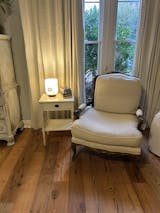
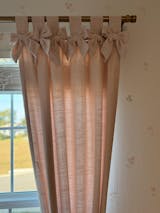

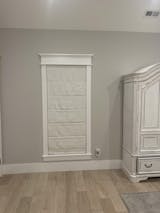


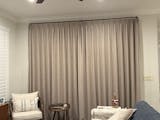
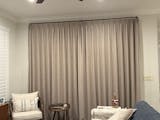
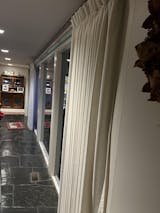












Leave a comment